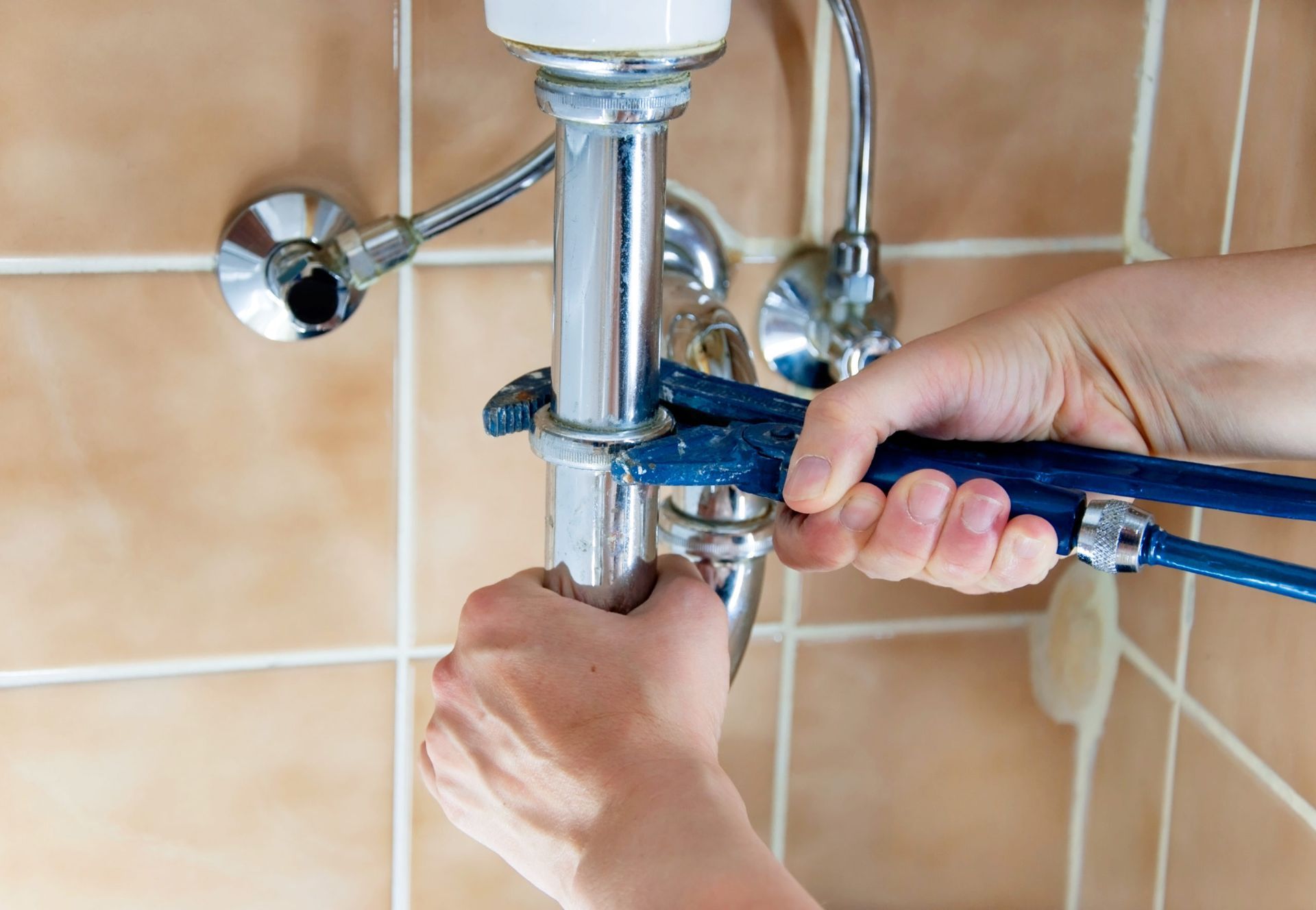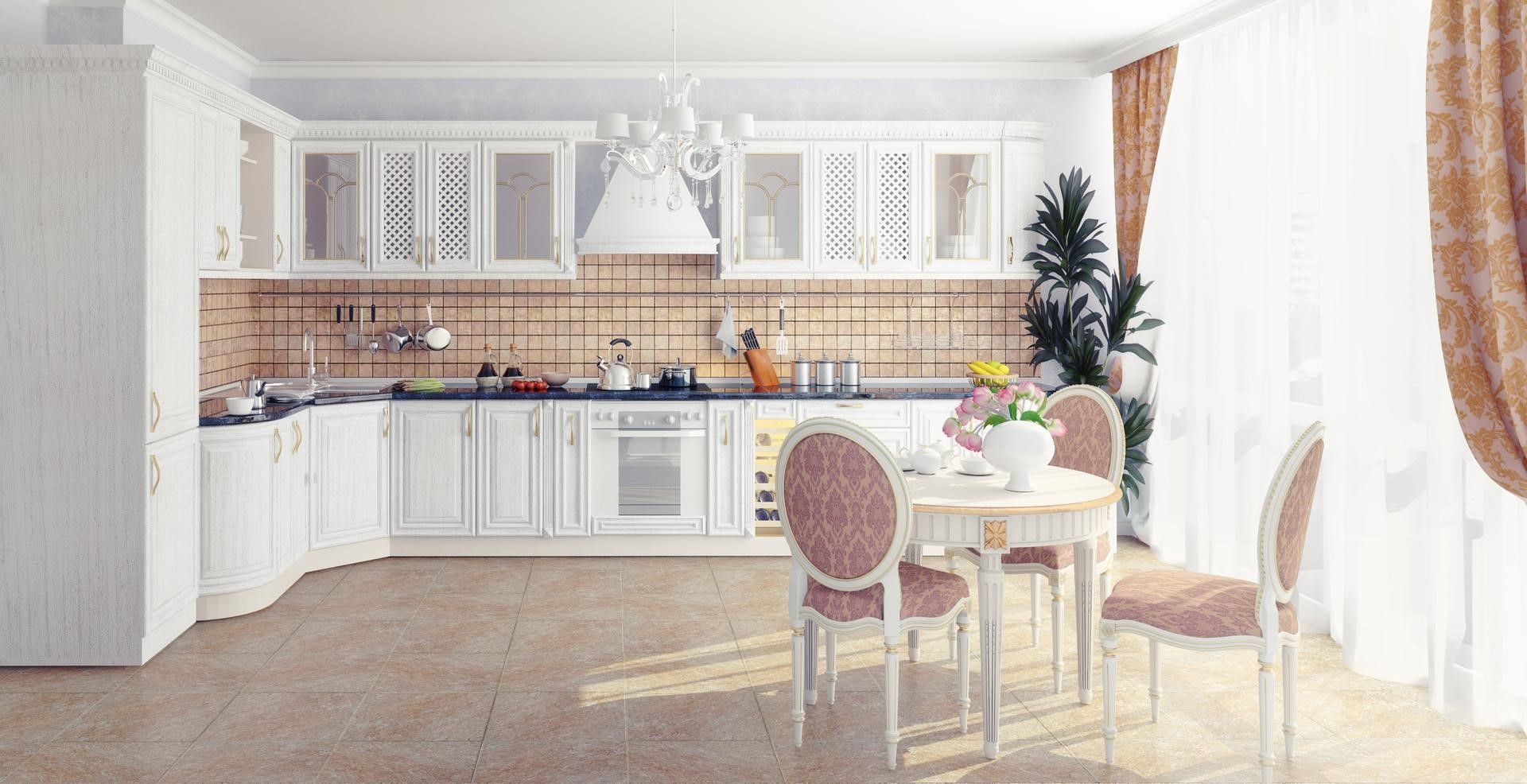Common DIY Plumbing Mistakes
The Do It Yourself (DIY) method has become very popular in the digital age. A popular DIY project is home repair, particularly plumbing.
You can save a lot of money and time by learning to perform simple plumbing repairs at home. Sometimes, however, trying to fix everything yourself can lead to mistakes that worsen the situation.
The following are some plumbing mistakes homeowners make when tackling DIY projects.
Working Without a Permit
Most homeowners who do DIY renovations do not know that some DIY plumbing projects require permits. A building permit will save you from fines and ensure that insurance covers your home for future damages.
Building permits and regulations are also in place to ensure safety. Making unpermitted changes to your home could lead to dangerous errors that may go undetected for days, months, or years.
Mismatching Pipes
Modern plumbing utilizes a variety of materials, including plastic, copper, and galvanized steel. You can combine certain different pipe materials to construct your plumbing system. Nevertheless, some pipe materials are incompatible, even if the dimensions match.
Copper and galvanized steel are examples of incompatible materials. When in direct contact with copper for an extended period, the zinc in galvanized steel will begin a chemical reaction. As the reaction continues, corrosion can occur at the connection points.
Excessive Tightening of Connections
People are familiar with the importance of tightening plumbing connections. But you should refrain from overtightening the connections because most are already watertight.
Often, overtightening damages the fittings. The excessive force put on the fixtures may lead to cracks in the fittings and washers, weakening the seal as a result. Damage may not occur immediately, but cracks in the connections can cause costly leaks weeks or months later.
But, even if no damage occurs, overtightening could mean difficulties in the future should the fitting need replacing. In some cases, loosening an over-tightened connection can result in snapping the pipe or wearing the fittings down.
Overusing Drain Cleaner
In spite of their effectiveness in clearing clogs, chemical drain cleaners can often cause more harm than good. These cleaners contain chemicals that can corrode pipe materials and lead to leaks in the long run.
Excessive use of chemical cleaners may also cause hazardous breathing conditions if the fumes make their way up the drain.
Leaving the Water On
Any plumbing project should begin with turning off the water supply, but this is an easy step to overlook.
Attempting the simplest plumbing job without turning off your water supply could lead to problems. If you do not connect the right components quickly enough, the water in your pipes may end up causing extensive water damage in a matter of minutes.
You should also keep in mind that shutting off your water source won’t remove all the water in your pipes. To clear the water and drain the pipes, run the faucets for a few seconds before you begin your repairs.
Neglecting the Shower Floor’s Slope
No matter how advanced technology has become, gravity still plays a role in plumbing, such as directing water correctly to the drain. The floor needs to slope properly for shower stalls so that water doesn’t pool and soak into the floor. A standard shower floor slopes at a four percent angle, dropping about half an inch every 12 inches from the wall to the drain.
Neglecting the shower slope during installation can result in expensive problems down the road. A stagnant pool of water can breed mold, mildew, and bacteria.
Plumbing projects may seem simple, but they can often spiral into more complicated tasks. If you want to be sure the job gets done correctly, hire an experienced plumber like the ones at Quality Plumbing. If you have any plumbing issues or run into trouble during a DIY project, don’t hesitate to contact
our expert plumbers for assistance.

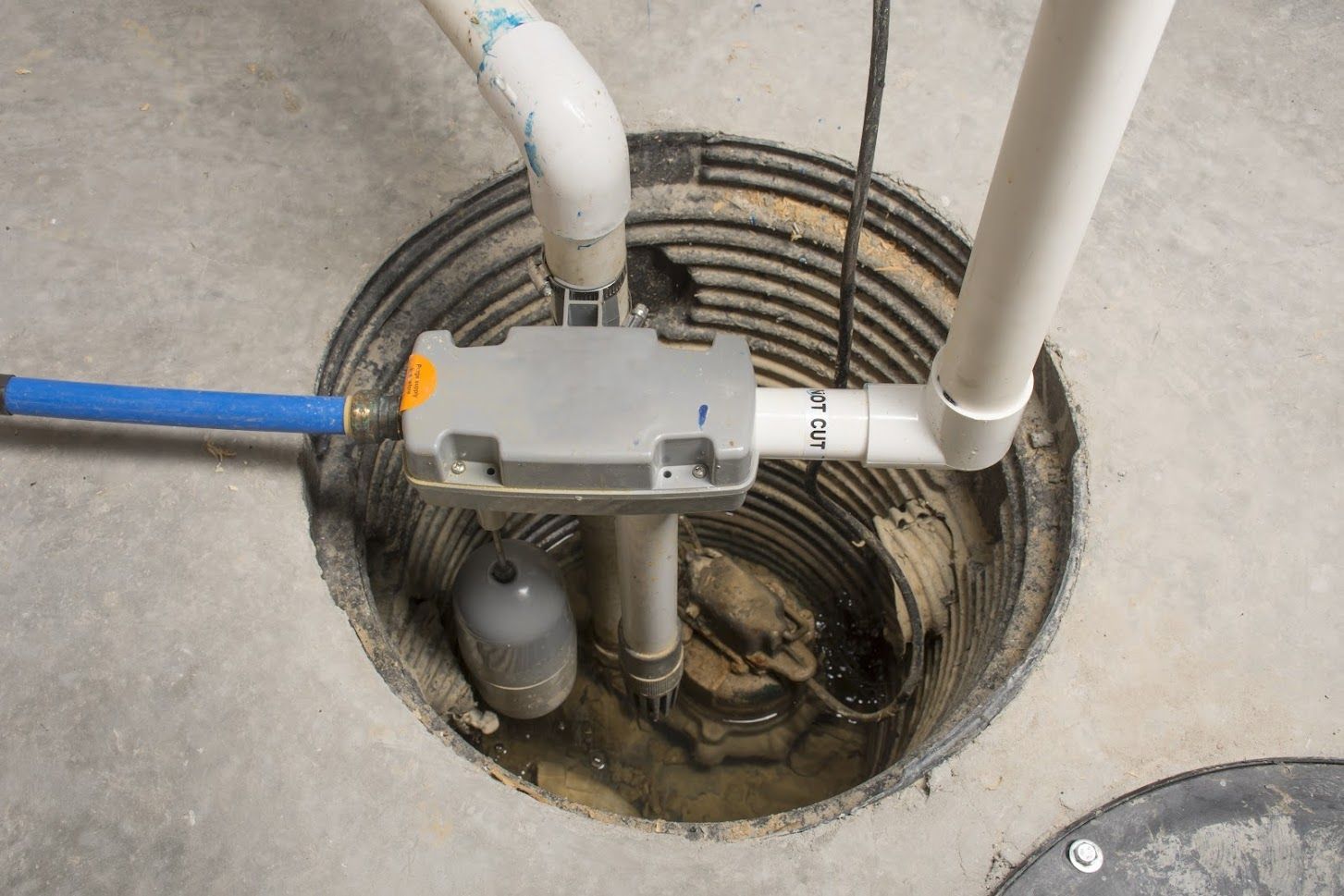

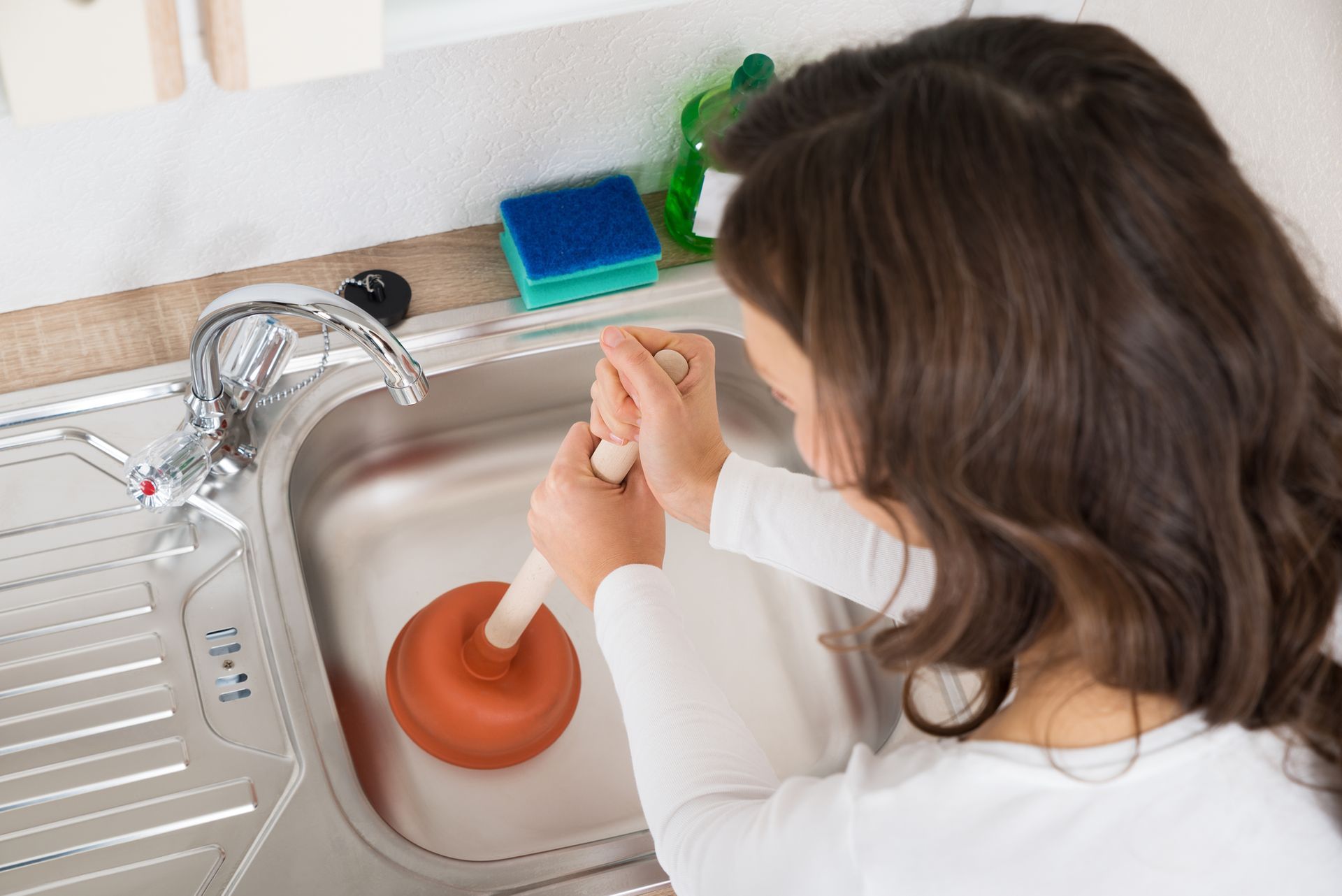
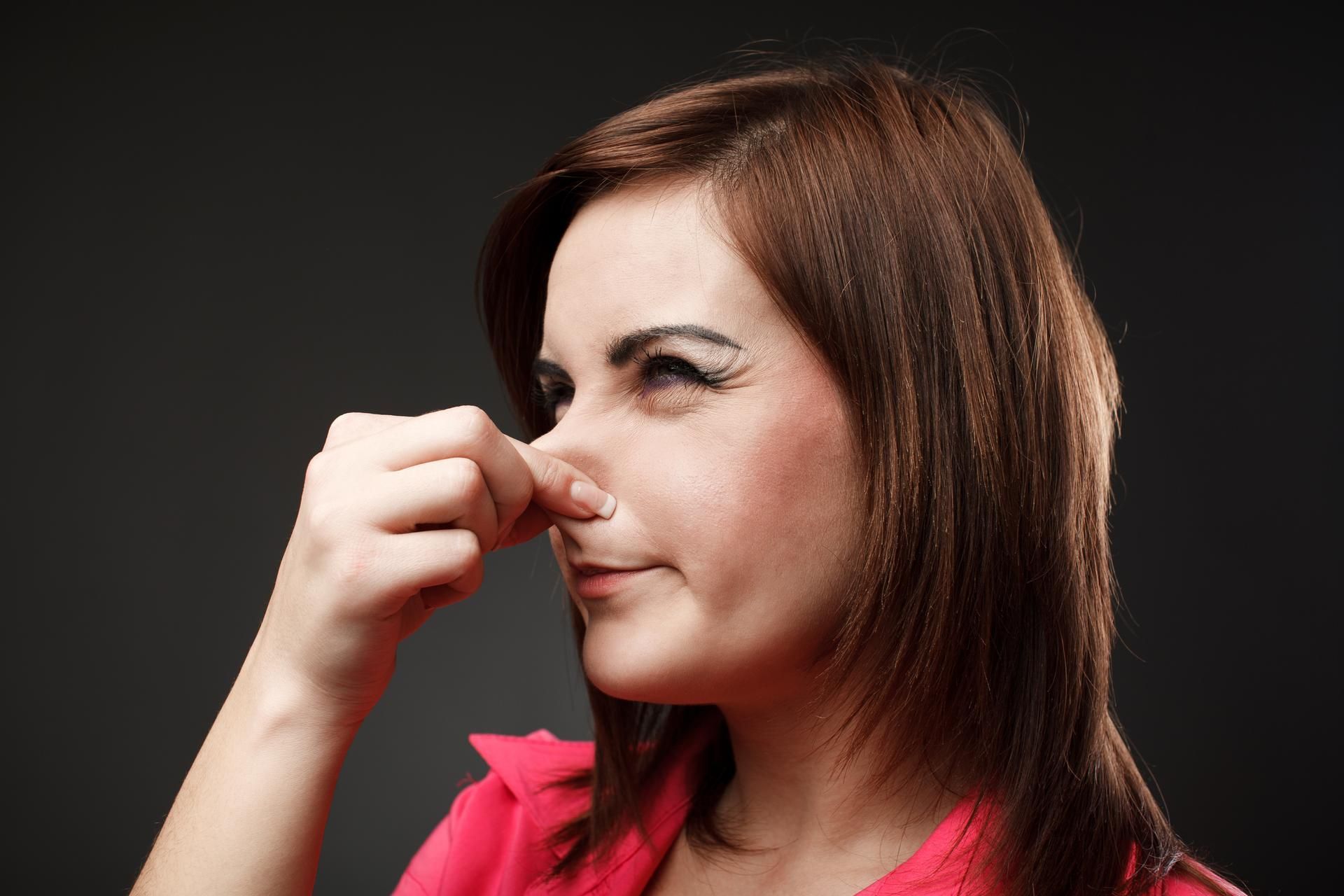
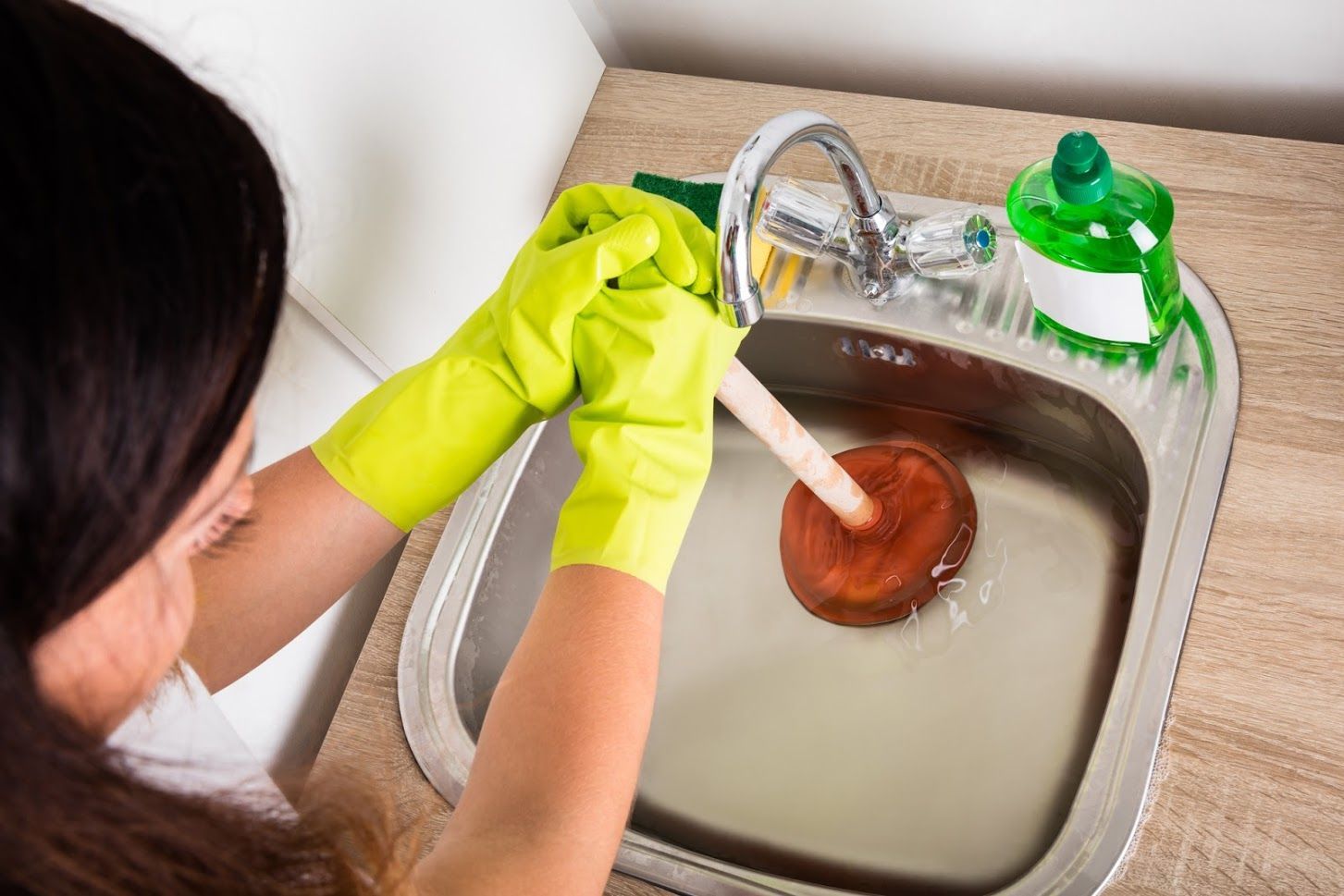
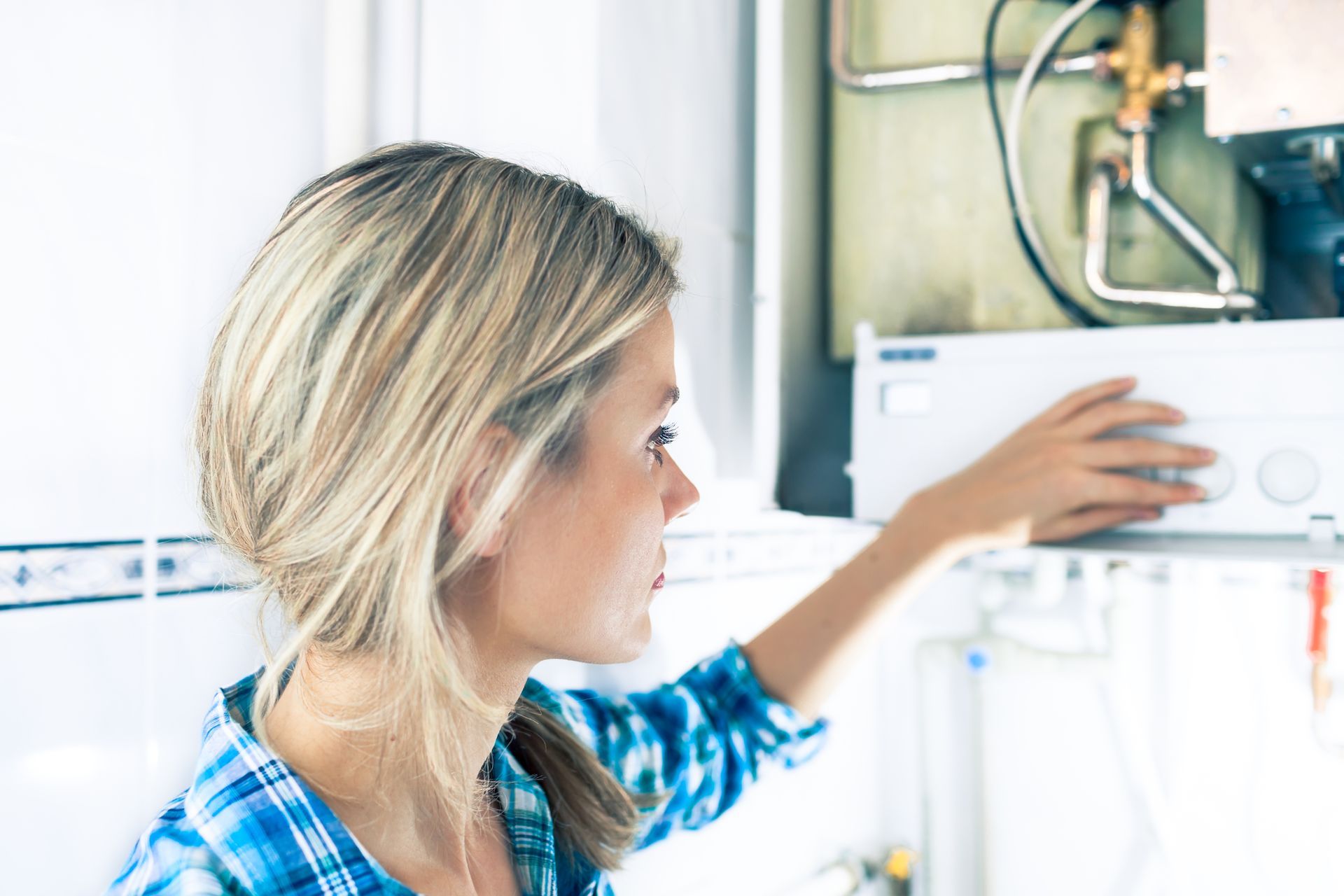

★★★★★
The total process from booking a service call, by phone, to the installation of a steel reinforced waterline hose on our refrigerator, was a pleasurable experience. A retired plumber recommended QP. Jeff had to pull out the refrigerator, remove the plastic waterline, install the new waterline, check to make sure the water dispenser was working and put the refrigerator back. Jeff was careful and mindfull of our wooden floor as the refrigerator was in a built-in cabinet. Since we live in a condo we want to eliminate all possibilities for a water leak. Jeff not only did his skillful job, he also educated us on the different water supply lines. I would recommend QP.
- Janeine G.
Button
★★★★★
Quality Plumbing did a rough-in plumbing install for a bathroom and kitchen sink in my basement. Very communicative, helped plan the space, and did a great job on the install. Will be using them again!
- Ian H.
Button
★★★★★
Called them when my water heater broke, they were over same day with a new one. Logan is great, he's fixed a couple things over the last year and is always professional and informative.
- Nick B.
Button
★★★★★
Quality plumbing is amazing 👏 when my brothers home had a problem with water pressure, they were able to schedule quickly, identify the problem and provide cost effective solutions quickly. When they did the work, they were on time on budget and cleaned up everything afterwards. Thank you for your great service Quality Plumbing! …
- Rich R.

★★★★★
Quality Plumbing is my go-to plumbing company for all my projects. I had one big project and after meeting Jeff, I’ve specifically requested him to come out for my other 2 projects. He’s incredibly punctual, efficient, and keeps the area nice and clean. Great to communicate with and provides clear answers to all my questions. Jeff is very professional and knowledgeable in his craft. Every time I call, Delaney will always pick up my phone calls and get me scheduled right away. Never had great success with plumbing companies until I started working with Quality Plumbing. They have unbeatable prices and will provide you with an honest solution to your problems. Highly recommend choosing Quality Plumbing!
- Alex D.
Button

★★★★★
The total process from booking a service call, by phone, to the installation of a steel reinforced waterline hose on our refrigerator, was a pleasurable experience. A retired plumber recommended QP. Jeff had to pull out the refrigerator, remove the plastic waterline, install the new waterline, check to make sure the water dispenser was working and put the refrigerator back. Jeff was careful and mindfull of our wooden floor as the refrigerator was in a built-in cabinet. Since we live in a condo we want to eliminate all possibilities for a water leak. Jeff not only did his skillful job, he also educated us on the different water supply lines. I would recommend QP.
- Janeine G.
Button
★★★★★
Quality Plumbing did a rough-in plumbing install for a bathroom and kitchen sink in my basement. Very communicative, helped plan the space, and did a great job on the install. Will be using them again!
- Ian H.
Button
★★★★★
Called them when my water heater broke, they were over same day with a new one. Logan is great, he's fixed a couple things over the last year and is always professional and informative.
- Nick B.
Button
★★★★★
Quality plumbing is amazing 👏 when my brothers home had a problem with water pressure, they were able to schedule quickly, identify the problem and provide cost effective solutions quickly. When they did the work, they were on time on budget and cleaned up everything afterwards. Thank you for your great service Quality Plumbing! …
- Rich R.

★★★★★
Quality Plumbing is my go-to plumbing company for all my projects. I had one big project and after meeting Jeff, I’ve specifically requested him to come out for my other 2 projects. He’s incredibly punctual, efficient, and keeps the area nice and clean. Great to communicate with and provides clear answers to all my questions. Jeff is very professional and knowledgeable in his craft. Every time I call, Delaney will always pick up my phone calls and get me scheduled right away. Never had great success with plumbing companies until I started working with Quality Plumbing. They have unbeatable prices and will provide you with an honest solution to your problems. Highly recommend choosing Quality Plumbing!
- Alex D.
Button






